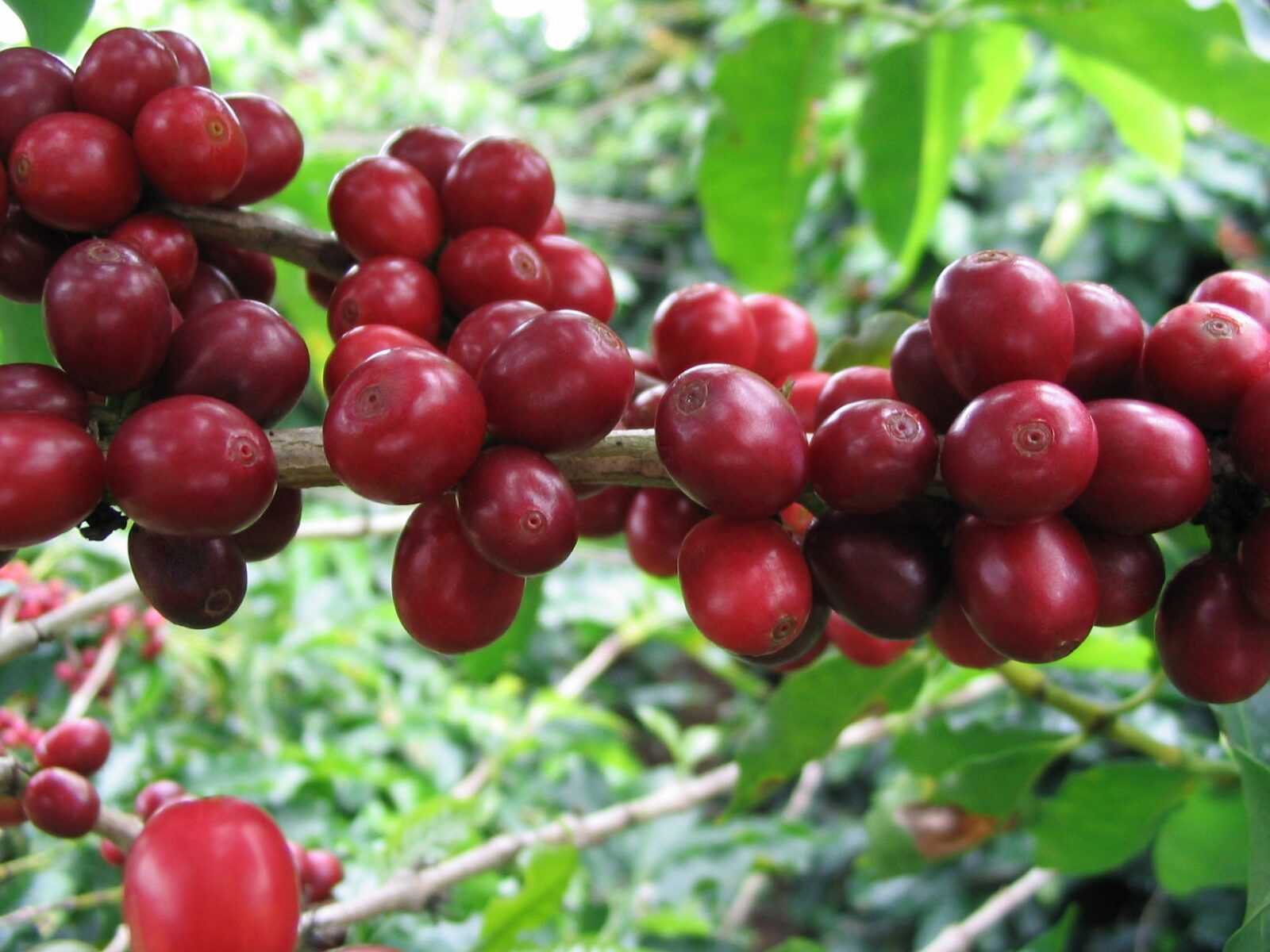ROME, Italy – ENEA – the Italian National Agency for New Technologies, Energy and Sustainable Economic Development – was part of the international team that sequenced at high resolution the genome of Coffea arabica, the highest quality and most widespread coffee species – accounting for 60% of world production – but also the most vulnerable to diseases and climate change. The research outcomes, published in the journal Nature Genetics, will enable to select the plants most resistant and adaptable to environmental stress.
“In 2014 we published the mapping of the genome of the Robusta coffee species (Coffea canephora) in Science, but with this second study, to which 40 institutions from 19 countries contributed, we succeded in decoding the much more complex genetic heritage of Arabica and its progenitor species, with which we pieced together the fascinating story of the ‘birth’ of this species and its expansion worldwide – explained ENEA project manager Giovanni Giuliano, researcher at the Biotechnology and agro-industry Division-.
The genome data collected will facilitate the genetic improvement and conservation activities of Arabica germplasm, necessary to protect this species from future diseases, droughts and climate change” he said.
Arabica resulted from a natural hybridization between two different species – Robusta and Coffea eugenioides, its father and mother respectively, which occurred between 300 and 600 thousand years ago. Where the hybridization occurred is unknown, but the closest wild progenitor was identified on the Ethiopian plateau, in the Great Rift Valley, a biodiversity hotspot. Hybridization among different species is a frequent phenomenon in the history of plants: all dicotyledonous plants[1] derive from a three-way hybridization which occurred approximately 120 million years ago, while cultivated species like cotton, wheat, tobacco, rapeseed, derive from more recent hybridizations.
The study also sequenced at high resolution the genomes of the two progenitor species, demonstrating that the order of genes of paternal and maternal origin has been maintained in Arabica, although recombined in subsequent generations, as it happens when individuals of the same species cross with each other.
Probably domesticated in Ethiopia, Arabica was then transported to Yemen, from where it spread throughout the world: first to India in the 17th century by Sufi monks, then to Indonesia by the Dutch and the island of Reunion by the French and finally in Caribbean and South America. Each of these movements involved a limited number of seeds and/or plants, creating “genetic bottlenecks” which are at the basis of its very low genetic diversity, which makes it especially vulnerable to a series of diseases, including the devastating coffee rust (Hemileia famatrix). In the early 20th century on the island of Timor in Asia, Arabica spontaneously backcrossed with Robusta, acquiring some rust resistance genes that have spread to many modern cultivars.
“Genome sequencing allowed us to reconstruct the genetic relationships among the different cultivars and map the areas where rust resistance genes transfer. But it is possible that new strains of rust will appear in the future, capable of overcoming resistance in plants, as it is already happening for bananas. Thanks to our study, breeders will have the tools to protect one of the most important agricultural products, coffee, which has an annual production of around 10 million tonnes with a market value of over 40 billion euro”, said Giuliano.
Notes
[1] Dicotyledons are a group of plants characterized by the presence of two cotyledons in their seeds, which are the first embryonic leaves that develop inside it and provide nutrients to the plant during germination. Dicotyledons are also characterized by other morphological characteristics, such as the main roots, leaves with reticulate veins and flowers which often have multiple petals, usually 4 or 5.


















